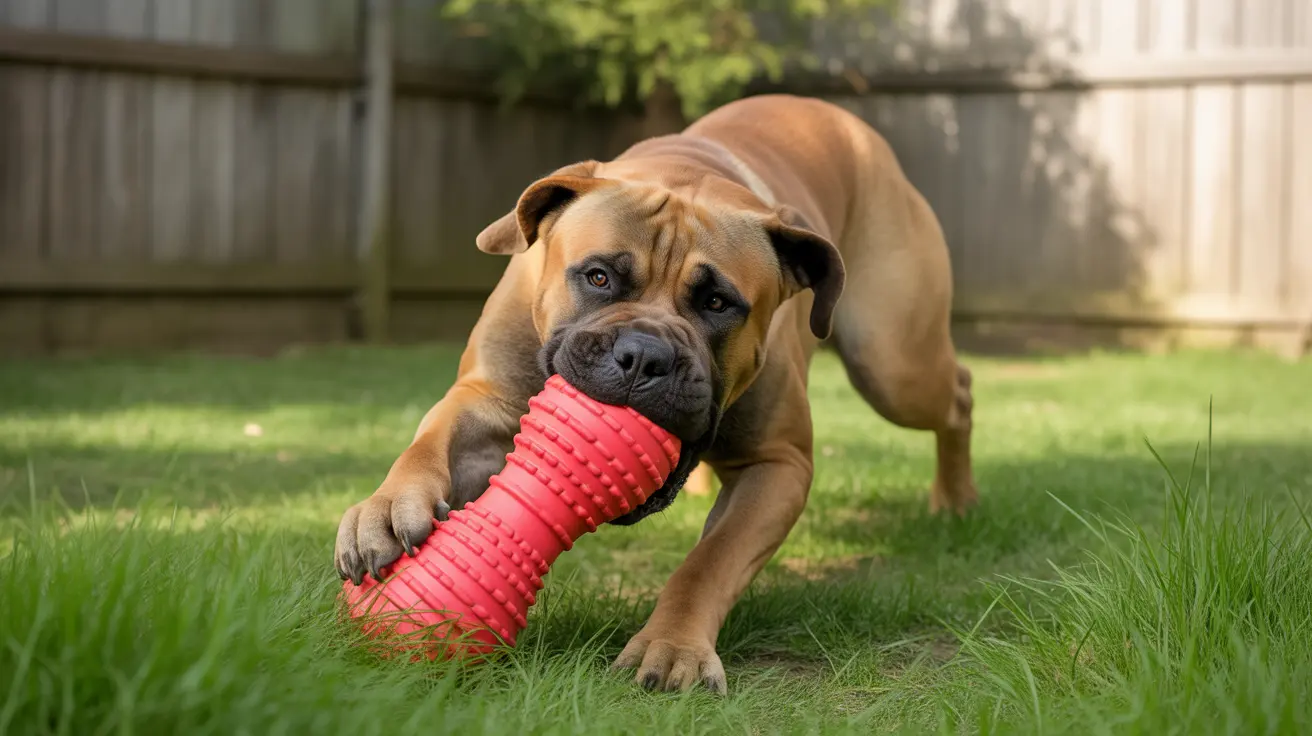When it comes to powerful dog breeds, the Boerboel stands out as one of the most formidable guardians ever developed. This South African mastiff breed has earned a reputation for its impressive bite force, which ranges from 350 to 450 PSI (pounds per square inch), placing it among the strongest-biting domestic dogs in the world.
Understanding the Boerboel's bite force is crucial for potential owners and breed enthusiasts alike, as it reflects both the breed's incredible strength and the responsibility that comes with owning such a powerful animal. Let's delve deep into what makes the Boerboel's bite so powerful and what this means for ownership.
The Science Behind Boerboel Bite Force
The Boerboel's impressive bite force stems from its unique physical characteristics and breeding history. Their broad, muscular heads house powerful jaw muscles, while their thick neck structure provides additional force behind each bite. This combination of features enables them to generate bite pressure that can exceed that of a grey wolf.
While exact measurements vary, experts estimate that a healthy adult Boerboel can exert between 350-450 PSI of pressure in a single bite. This places them well above the average dog's bite force of 235 PSI and positions them alongside other powerful breeds like the Cane Corso and American Bandoggi.
Comparing Bite Forces: Where Does the Boerboel Rank?
To put the Boerboel's bite force into perspective, consider these comparisons:
- Boerboel (350-450 PSI)
- Pit Bull (242 PSI)
- German Shepherd (238-291 PSI)
- Rottweiler (328 PSI)
- Kangal (743 PSI - highest recorded among dogs)
While not the absolute strongest, the Boerboel's bite force combined with their size, intelligence, and protective instincts makes them exceptionally effective guardians.
Training and Managing Boerboel Bite Strength
Responsible ownership of a Boerboel requires comprehensive training and socialization from an early age. These dogs need experienced handlers who understand how to channel their protective instincts and powerful bite force appropriately.
Key training considerations include:
- Early bite inhibition training
- Extensive socialization with people and animals
- Consistent obedience training
- Clear establishment of boundaries and rules
- Regular exercise and mental stimulation
Safety and Legal Considerations
Due to their powerful bite force and protective nature, Boerboels are banned or restricted in several countries. Potential owners must research local regulations and understand the legal responsibilities of owning such a powerful breed.
Essential safety measures include:
- Secure fencing
- Proper containment systems
- Supervision around children and strangers
- Regular veterinary care
- Appropriate insurance coverage
Frequently Asked Questions
What is the estimated bite force of a Boerboel compared to other dog breeds?
A Boerboel's bite force typically ranges from 350-450 PSI, which is significantly higher than many popular breeds like the German Shepherd (238-291 PSI) or Pit Bull (242 PSI), but lower than the Kangal (743 PSI).
How does the Boerboel's bite force compare to wild animals like wolves or lions?
The Boerboel's bite force approaches or slightly exceeds that of a grey wolf (398 PSI) but falls short of a lion's bite force (600 PSI). This impressive strength reflects their breeding as protection dogs against wild predators.
What physical traits contribute to the Boerboel's powerful bite strength?
The Boerboel's powerful bite comes from their broad, muscular head, strong jaw structure, thick neck muscles, and overall robust build. These physical characteristics work together to generate significant bite pressure.
Are Boerboels safe family pets given their strong bite force and protective nature?
With proper training, socialization, and responsible ownership, Boerboels can be safe and loyal family pets. However, they require experienced handlers and are not recommended for first-time dog owners due to their strength and protective instincts.
What training and socialization are essential for managing a Boerboel's bite strength responsibly?
Essential training includes early bite inhibition, extensive socialization, consistent obedience training, and clear boundary setting. Regular exercise and mental stimulation are also crucial for preventing behavioral issues.






